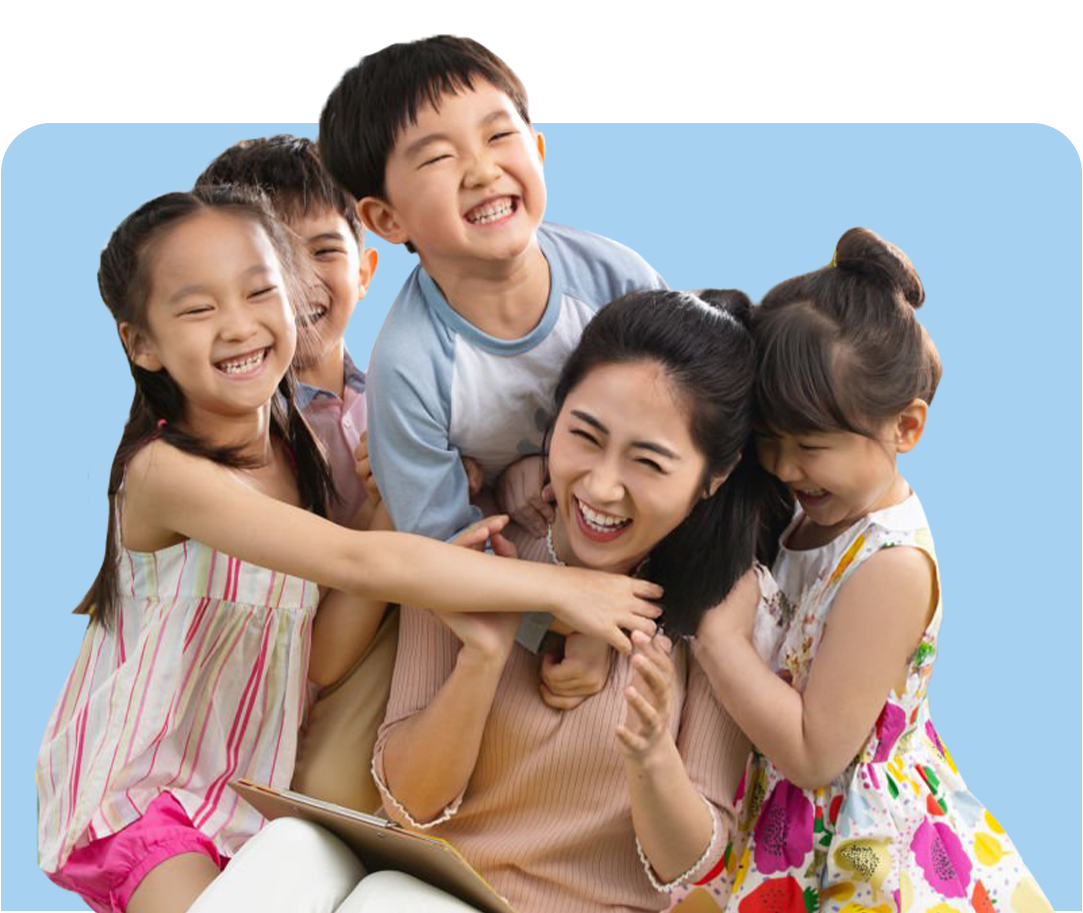Don't limit yourself. You can go as far as your mind lets you.
The only limits to the possibilities in your life tomorrow are the 'buts' you use today.

TRENDING TOPICS FOR YOU
A listening school isn’t one with the loudest programs or the most polished newsletters—it’s one that practices curiosity and empathy in every interaction. It’s where families feel safe to ask, share, and even disagree, without fear of being dismissed.
A true partnership means seeing each other not as “sides,” but as part of the same team—both committed to helping a child thrive. Parents bring deep knowledge of their child’s personality, strengths, and home life. Teachers bring expertise in learning, structure, and growth. When those two come together, we see the whole child. It’s not about who’s doing it “right.” It’s about staying connected enough to work through challenges with empathy and respect.
A strong village—a network of parents, teachers, and communities—provides what screens can’t: human connection, empathy, and guidance. It reminds kids they’re not alone in navigating the noise of the world.
Teaching from the back of the room isn’t about doing less. It’s about doing differently. It’s about planting seeds of learning in such a way that long after your students leave, they still carry the roots with them.
Teaching from the back of the room isn’t about doing less. It’s about doing differently. It’s about planting seeds of learning in such a way that long after your students leave, they still carry the roots with them.
Teaching from the back of the room isn’t about doing less. It’s about doing differently. It’s about planting seeds of learning in such a way that long after your students leave, they still carry the roots with them.
Teaching from the back of the room isn’t about doing less. It’s about doing differently. It’s about planting seeds of learning in such a way that long after your students leave, they still carry the roots with them.
Teaching from the back of the room isn’t about doing less. It’s about doing differently. It’s about planting seeds of learning in such a way that long after your students leave, they still carry the roots with them.
As teachers, we often feel pressure to keep talking, to keep explaining, to make sure every detail is delivered. But sometimes, the most powerful teaching moment is when we step back and let students move and speak.
Research in neuroscience tells us that the human brain isn’t built to sit still, listen passively, and absorb information like a sponge. Brains crave movement, interaction, novelty, and chances to make meaning. In short: if learners aren’t engaged, they aren’t retaining.
When we pair shorter learning chunks with varied delivery, we create classrooms that are more dynamic, engaging, and brain-friendly. Students don’t just listen—they interact, process, and connect. And that’s when real learning happens.
When we lean on images and writing, we move from simply delivering information to shaping experiences that stay with learners long after the lesson ends. Words alone may fade, but a vivid picture lingers. Silent reading may pass quickly, but the act of writing roots ideas deeply in memory.
Routines aren’t about being strict or robotic. They’re about being intentional. It don’t just make life easier — they help kids feel anchored, confident, and capable. When routines are created with kids (not for them), they feel empowered and engaged.
Lunchboxes everywhere. Crumpled homework at the bottom of a backpack. Forgotten water bottles. It’s easy to slip into the “I’ll just do it myself” mode. After all, it’s faster, neater, and less stressful… in the short term.
It’s a time of big transitions. And during transitions, children often seek one thing more than anything else: A sense of belonging and significance.















Wintering asks us to listen—not just to what children need, but to what we need as well.
Because when adults model slowing down with intention, children experience something powerful: rest is not a reward—it's a rhythm.